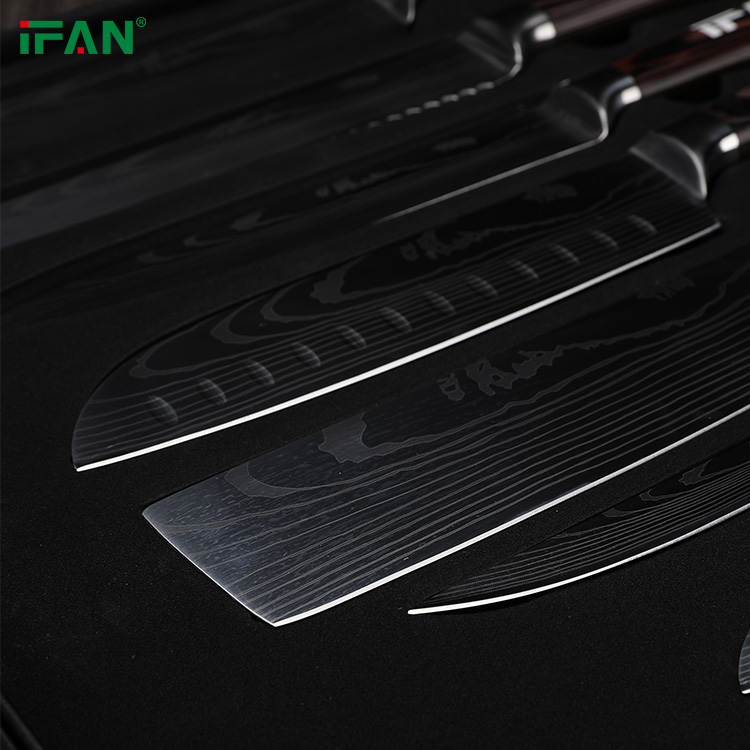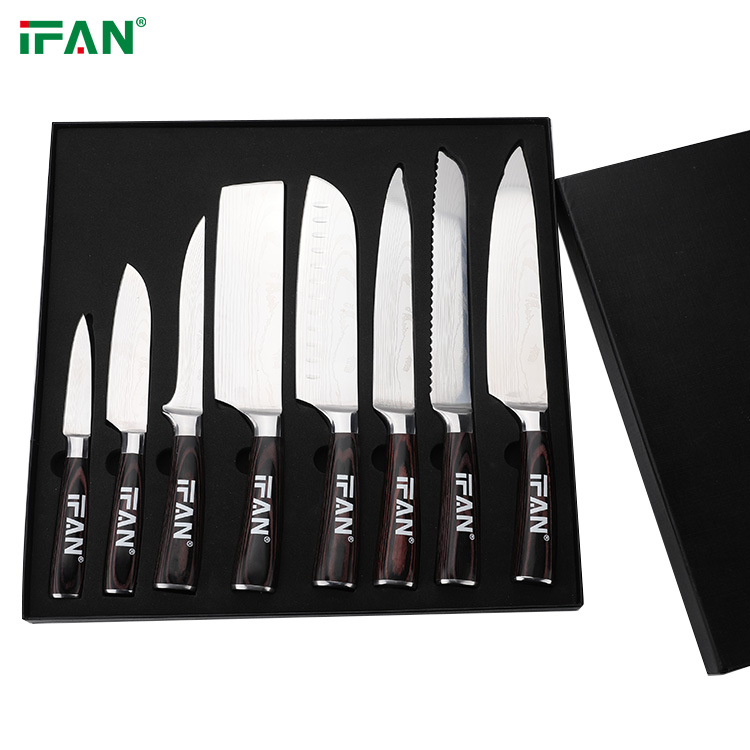The chef’s knife, also known as a cook’s knife or French knife, is arguably the most essential and versatile tool in the kitchen. With its broad blade and curved edge, the chef’s knife is designed to handle a wide range of cutting tasks with precision and efficiency. From slicing and dicing to chopping and mincing, this indispensable tool is favored by both amateur cooks and professional chefs alike. In this comprehensive guide, we’ll explore the various uses of the chef’s knife and why it’s considered a kitchen essential.
1. Slicing

The chef’s knife excels at slicing a variety of ingredients, including fruits, vegetables, meats, and fish. Its long, sharp blade allows for smooth, uniform cuts, making it ideal for tasks such as slicing tomatoes, cucumbers, or onions for salads, sandwiches, or garnishes. When slicing meat or fish, the chef’s knife can be used to create thin, even slices for dishes like roast beef, grilled salmon, or sashimi.
2. Dicing
Dicing involves cutting ingredients into small, uniform pieces, and the chef’s knife is well-suited for this task. Whether you’re dicing onions, carrots, potatoes, or bell peppers, the sharp blade of the chef’s knife ensures precise cuts, resulting in evenly sized pieces. Diced vegetables are commonly used in soups, stews, stir-fries, and sauces, adding flavor, texture, and visual appeal to dishes.
3. Chopping
Chopping involves cutting ingredients into larger, irregular pieces, and the chef’s knife is up to the challenge. Whether you’re chopping herbs, nuts, garlic, or root vegetables, the weight and balance of the chef’s knife allow for efficient chopping motions, reducing ingredients to the desired size with ease. Chopped ingredients can be used as garnishes, toppings, or added to dishes such as salads, sauces, and marinades.
4. Mincing
Mincing involves cutting ingredients into very small pieces, and the chef’s knife is an essential tool for achieving finely minced results. Whether you’re mincing garlic, ginger, herbs, or shallots, the sharp blade and precise control of the chef’s knife allow for consistent, uniform cuts. Finely minced ingredients are often used to add flavor and aroma to dishes such as sauces, dressings, marinades, and seasonings.

5. Crushing
In addition to cutting, the flat side of the chef’s knife can be used for crushing ingredients such as garlic cloves, peppercorns, or spices. Simply place the ingredient on a cutting board, place the flat side of the blade on top, and press down firmly with the palm of your hand. This technique releases the natural oils and flavors of the ingredients, enhancing their aroma and taste in dishes.
6. Tenderizing
The chef’s knife can also be used for tenderizing meats and poultry by scoring or pounding the surface with the back of the blade. This helps break down tough muscle fibers and connective tissue, making the meat more tender and easier to chew. Tenderizing is commonly done before cooking techniques such as grilling, pan-searing, or braising, resulting in juicier, more flavorful meats.
7. Peeling
While not its primary function, the chef’s knife can also be used for peeling certain fruits and vegetables with thick skins, such as pineapple, melon, or squash. By carefully guiding the blade along the contour of the ingredient, you can remove the outer peel while minimizing waste and preserving the flesh underneath. However, for tasks requiring precision or delicate peeling, a dedicated peeling knife or vegetable peeler may be more suitable.
8. Deboning
While not recommended for heavy-duty deboning tasks, the chef’s knife can be used to remove bones from poultry, fish, or smaller cuts of meat. With its sharp tip and flexible blade, the chef’s knife can maneuver around bones and joints, making clean, precise cuts to separate the meat from the bone. However, for larger or more intricate deboning tasks, specialized boning knives or cleavers may be more appropriate.

Conclusion
In summary, the chef’s knife is a versatile and indispensable tool in the kitchen, capable of handling a wide range of cutting tasks with precision and efficiency. From slicing and dicing to chopping and mincing, this versatile knife can tackle virtually any ingredient with ease. Whether you’re a home cook preparing meals for your family or a professional chef creating culinary masterpieces in a restaurant kitchen, the chef’s knife is an essential companion that no kitchen should be without. With proper care and maintenance, a high-quality chef’s knife can last a lifetime, making it a worthy investment for anyone passionate about cooking and culinary arts.
